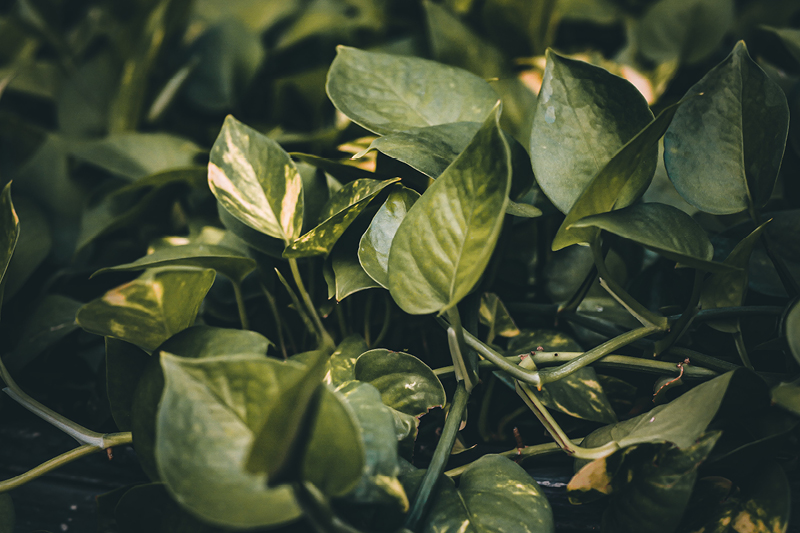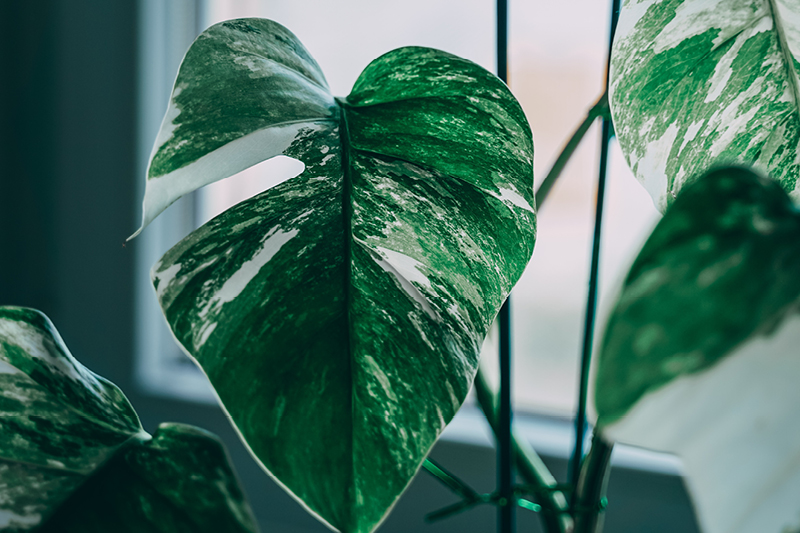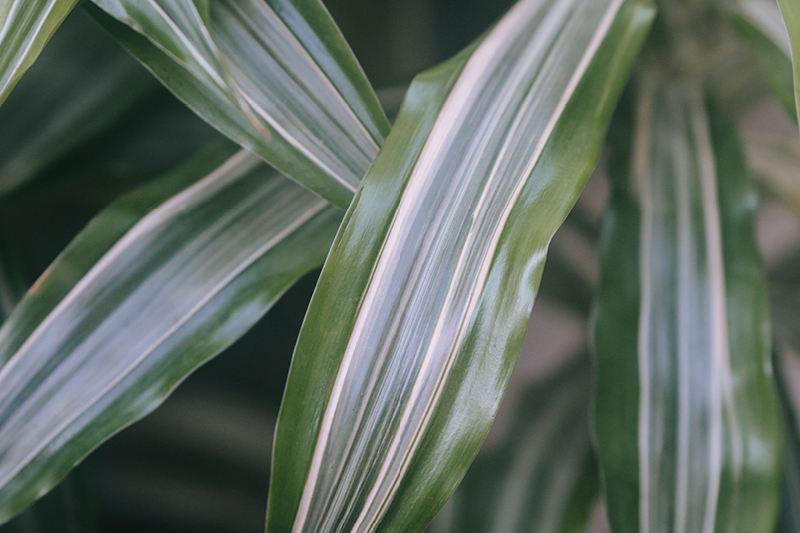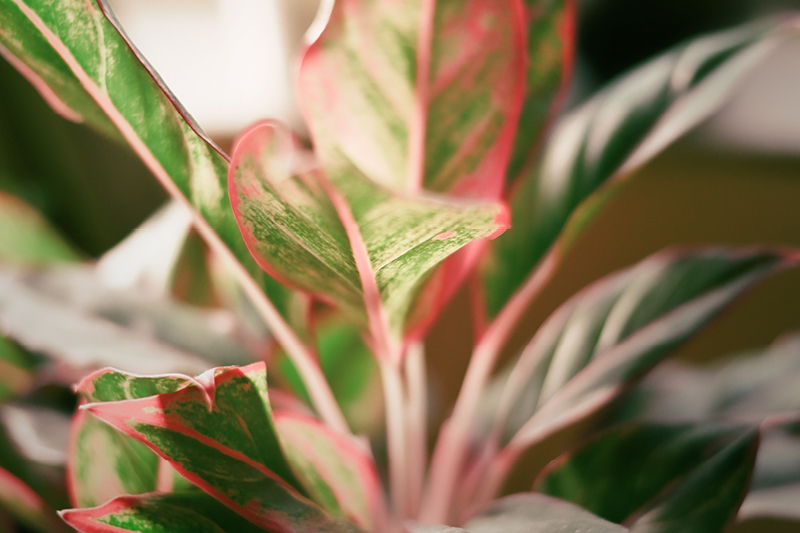


Another plant with a Greek name, this one meaning “Female Dragon”. This name comes from the resin inside of its stem, a reddish gum-like substance, said to resemble the blood of a dragon. It was actually used for medicines, dyes and toothpaste, although its modern uses are more limited. [3] This plant does not need constant watering (seeing the trend here?) but soil moisture is important. Our POD Living Wall system makes these conditions possible. Here is our selection of Dracaena varieties:


Q: How do I choose plants for my wall?
A: When you work with a Green Wall provider, they should walk you through a process similar to:
-Availabe lighting and air flow in the desired space and recommending plants based on those factors
– Discussing plant availability
-Reviewing any inspirational imagery for desired effect
Q: How do I take care of the wall?
A: Unless you are a plant care expert, have the time to do it, or have an automatic irrigation system installed, this should fall to an indoor plant service provider. They not only water the plants, but understand the signs of struggling plants, handle replacements, etc.